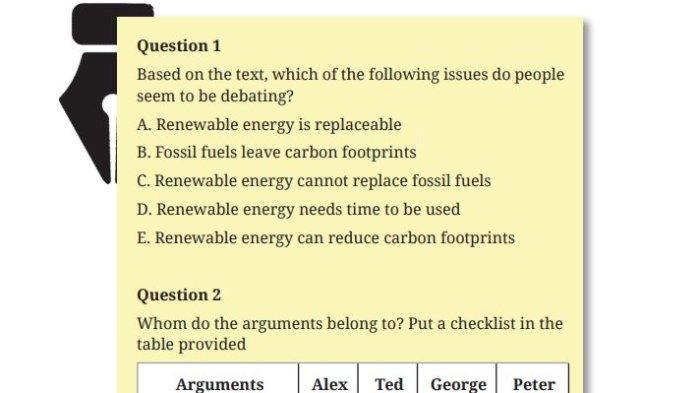In the realm of international affairs, where the stakes are high and tensions run deep, the potential for escalation looms large. With the election of a new US administration and the shifting sands of global diplomacy, the world watches with bated breath as the dance between the United States, Israel, and Iran plays out. The question that hangs in the balance is: can the US and Israel forge a united front to effectively thwart Iran’s nuclear ambitions? Join us as we delve into the intricate web of geopolitics, exploring the potential avenues for cooperation and the challenges that lie ahead.
Reviving Diplomacy and Restoring Credibility: A Path to Engagement and Effective Deterrence
Reviving Diplomacy and Restoring Credibility: A Path to Engagement and Effective Deterrence
Reviving diplomacy and restoring credibility should be considered by the US and Israel to avert Iran’s nuclear development. A comprehensive diplomatic approach should entail:
Rejoining the Joint Comprehensive Plan of Action (JCPOA): The Trump administration’s withdrawal from the JCPOA was a significant setback to diplomatic efforts. Rejoining the agreement, while addressing its shortcomings, could provide a framework for renewed dialogue and engagement.
Engage in Bilateral Diplomacy: The US and Israel should pursue direct diplomatic channels with Iran, separate from the JCPOA, to address specific concerns and build trust. This could entail confidence-building measures, such as exchanging delegations or discussing regional security issues.
Enhancing Military Options and Intelligence Gathering: Strengthening Defense Posture against Iranian Threats
Enhancing Military Options and Intelligence Gathering
To strengthen their defense posture against Iranian threats, the US and Israel must invest in advanced military capabilities and intelligence-gathering mechanisms. This includes the procurement of cutting-edge weapons systems, such as stealth aircraft and precision-guided missiles, to deter and neutralize hostile actions. In addition, enhancing intelligence capabilities through satellite imagery, cyber espionage, and human intelligence assets will provide critical insights into Iran’s nuclear program and military activities, allowing for more targeted and effective countermeasures.
Enhanced Military Capabilities and Intelligence Gathering
- Acquiring Stealth Aircraft: Advanced stealth aircraft, such as the F-35, can penetrate Iranian airspace undetected, providing the ability to conduct surgical strikes on key nuclear facilities and assets.
- Developing Precision-Guided Missiles: Precision-guided missiles minimize collateral damage and increase the accuracy of strikes, enhancing their effectiveness against hardened Iranian targets.
- Expanding Satellite Imagery: High-resolution satellite imagery can provide detailed surveillance of Iranian nuclear sites and military installations, revealing critical information about their capabilities and activities.
- Cyber Espionage: Advanced cyber capabilities can penetrate Iranian networks to gather sensitive information on nuclear development, defense systems, and decision-making processes.
- Human Intelligence Assets: Well-trained and strategically deployed human intelligence assets can provide invaluable insights into Iranian intentions, strategies, and potential threats.
The Conclusion
As the political landscape shifts and negotiations resume, the future of the US-Israel partnership in countering Iran’s nuclear ambitions remains uncertain. However, by fostering mutual understanding and leveraging their combined capabilities, the two nations may forge a path forward that safeguards regional security while promoting a stable and peaceful Middle East.


